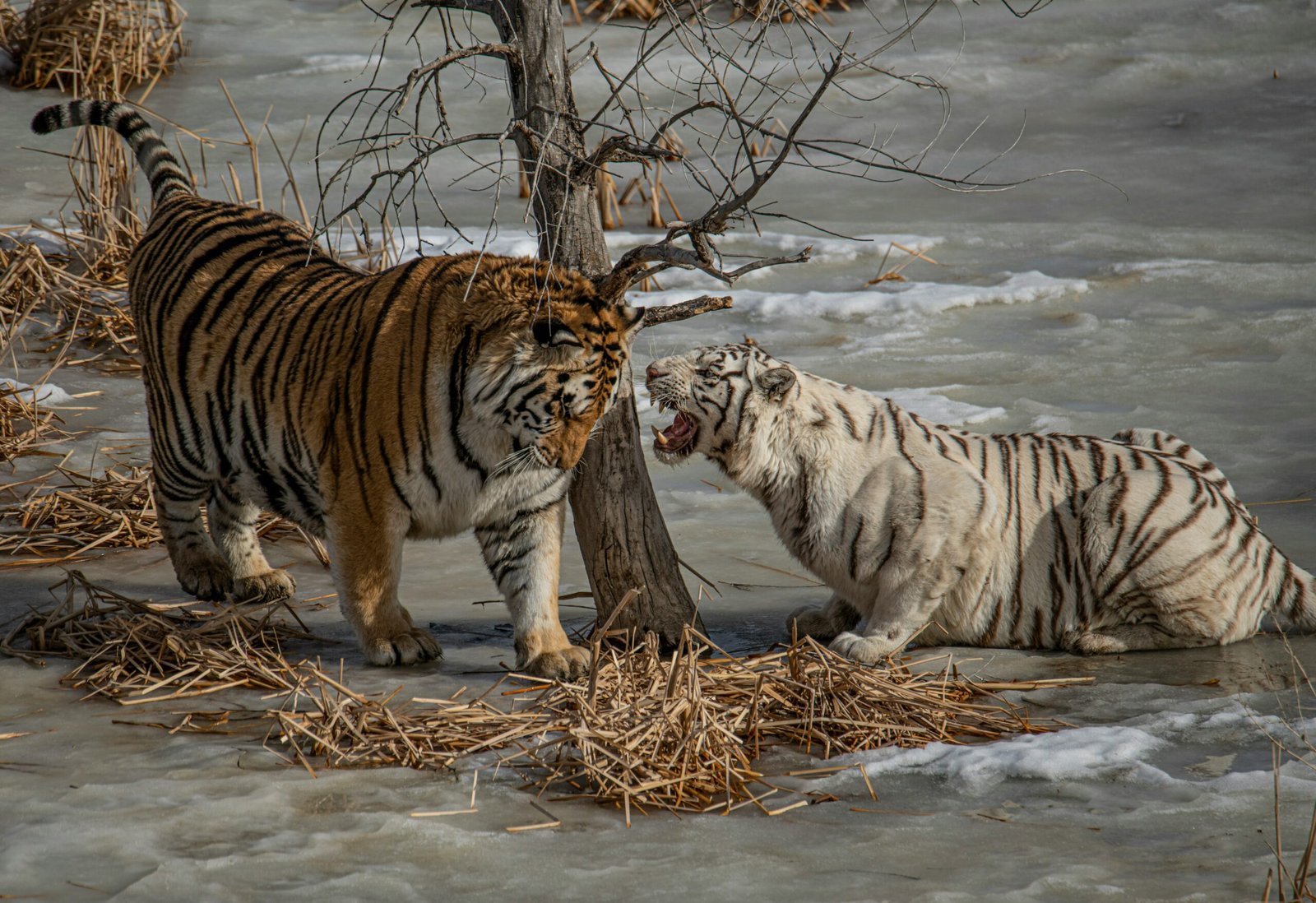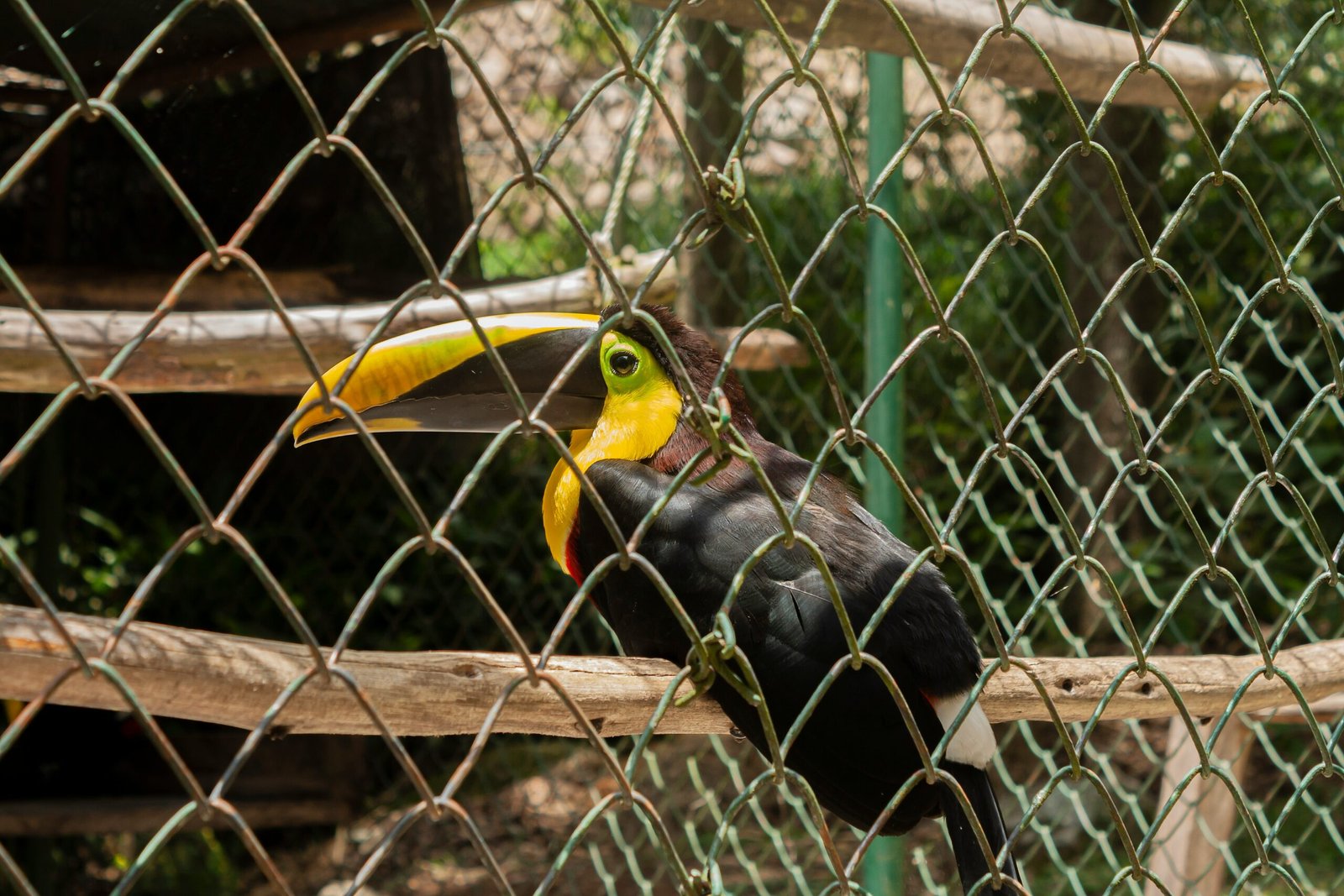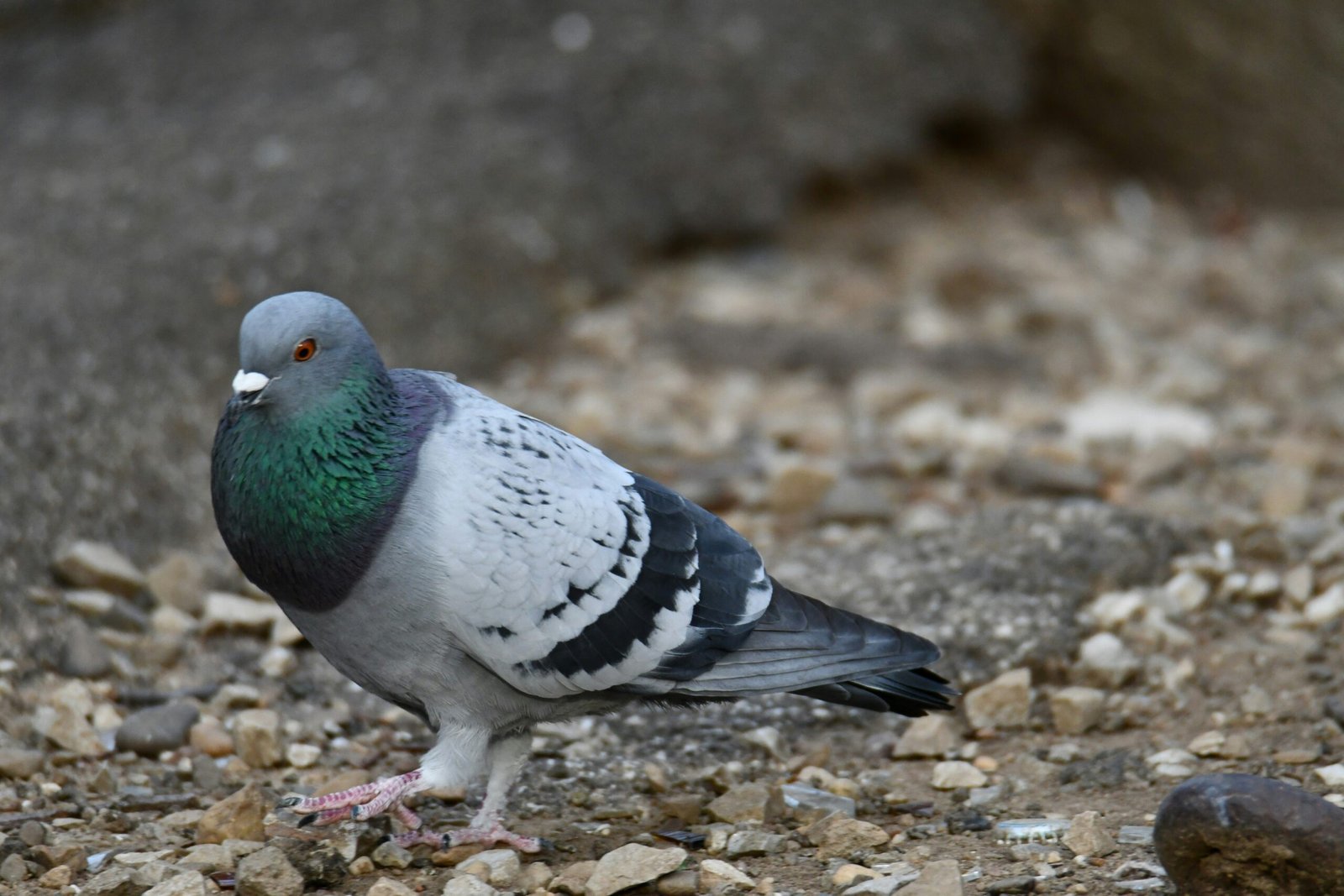Introduction to the Siberian Tiger
In the heart of Russia’s snowy forests, a magnificent creature prowls with grace and power. The Siberian tiger, known for its striking orange coat adorned with bold black stripes, is one of nature’s most stunning marvels. These majestic big cats are not just symbols of strength; they embody the wild spirit of their icy habitat. With fewer than 400 individuals left in the wild, every sighting feels like a rare glimpse into an enchanting world that could easily fade away. As we delve deeper into the life and environment of these incredible animals, let’s explore what makes them so special and why their survival matters to our planet.
The Habitat of the Siberian Tiger
The Siberian tiger, also known as the Amur tiger, thrives in some of the world’s most remote and rugged terrains. These majestic creatures inhabit the dense forests of eastern Russia and parts of northeastern China. Their preferred habitat includes taiga—a boreal forest characterized by coniferous trees.
Temperatures can plummet during winter months, creating a snowy paradise that these tigers navigate with grace. The thick underbrush provides ample cover for stalking prey while allowing them to remain hidden from potential threats.
These tigers require vast territories to roam, often spanning hundreds of miles. This need for space underscores their solitary nature and highlights the importance of preserving large swathes of wilderness where they can hunt and thrive without disturbance. Each aspect of their habitat plays a crucial role in supporting not just their survival but also the delicate ecosystem around them.
Diet and Hunting Habits
The Siberian tiger is a formidable predator, perfectly adapted to its frigid habitat. Its diet primarily consists of large ungulates like deer and wild boar, which roam the snowy forests.
These tigers are solitary hunters. They rely on stealth and strength rather than endurance. With their keen eyesight and acute hearing, they’re able to stalk prey with incredible precision.
Hunting typically occurs during dusk or dawn when these animals are most active. A successful hunt can take down an animal twice its size in one powerful leap.
Once they catch their meal, Siberian tigers prefer to drag it to a secluded area for safety. They often feast on their kill over several days, using their remarkable sense of smell to locate food from miles away.
This efficient hunting strategy ensures that they thrive in harsh conditions where food can be scarce at times.
Conservation Efforts and Challenges
Conservation efforts for the Siberian tiger face numerous challenges, despite a growing awareness of their plight. Various organizations and governments are working tirelessly to protect these magnificent creatures.
Protected areas like national parks have been established in Russia and China. These sanctuaries help provide safe habitats where tigers can thrive away from human encroachment. However, maintaining these reserves is resource-intensive.
Anti-poaching initiatives are crucial as well. Rangers patrol vast territories to prevent illegal hunting, but they often lack adequate funding and training. As a result, poachers still pose a significant threat.
Community involvement plays a key role too. Educating local populations about the importance of preserving wildlife fosters support for conservation programs. Yet, economic pressures often push communities toward activities that harm tiger habitats.
The road ahead is fraught with obstacles, but hope remains in collaborative global efforts aimed at safeguarding this iconic species.
Threats to the Siberian Tiger Population
The Siberian tiger faces numerous threats that jeopardize its survival. Habitat loss is a primary concern. As forests are cleared for agriculture and urban development, these majestic cats lose their homes.
Poaching poses another significant risk. Tigers are hunted for their beautiful pelts and body parts, which fetch high prices in illegal markets. This not only reduces their numbers but also disrupts the ecosystem they inhabit.
Human-wildlife conflict further complicates matters. As humans encroach on tiger territory, encounters become more frequent. Livestock predation leads to retaliation against tigers, often resulting in death.
Climate change adds an additional layer of danger by altering habitats and prey availability. The shrinking ice caps affect the entire ecological balance essential for the Siberian tiger’s survival.
These challenges demand urgent attention to ensure a future where Siberian tigers can roam freely in their snowy forest wilderness without fear.
The Role of Ecotourism in Protecting Siberian Tigers
Ecotourism plays a vital role in the conservation of Siberian tigers. By promoting responsible travel, it encourages visitors to appreciate these majestic creatures in their natural habitat.
Tourists flock to regions where Siberian tigers roam, generating revenue that supports local communities and conservation projects. This financial incentive helps create protected areas where these big cats can thrive without human interference.
Moreover, ecotourism fosters awareness about the challenges faced by the Siberian tiger population. Educated travelers become advocates for wildlife protection upon returning home. They share experiences and stories that inspire others to care.
Guides often emphasize ecological balance, teaching visitors about the complex relationships within ecosystems. Engaging with nature on this level deepens appreciation for all wildlife.
As a result, ecotourism not only benefits economies but also cultivates a culture of stewardship towards one of Earth’s most iconic species—the Siberian tiger.
Conclusion: Why We Must Protect These Majestic Creatures
The Siberian tiger is a magnificent creature that plays an essential role in its ecosystem. As the largest wild cat on the planet, it commands respect and admiration. However, this iconic species faces numerous threats that jeopardize its survival.
Protecting the Siberian tiger means safeguarding not only their existence but also preserving biodiversity within their habitat. Every individual animal contributes to maintaining ecological balance, impacting other species and plants in their environment.
Conservation efforts are crucial in ensuring these majestic tigers continue to roam freely through snowy forests. By supporting initiatives aimed at protecting habitats and enforcing anti-poaching laws, we can help secure a future for them.
Ecotourism provides another avenue for protection, allowing people to connect with wildlife while generating funds for conservation projects. This engagement fosters a greater appreciation for nature and encourages communities to participate actively in preserving these incredible animals.
Raising awareness about the challenges faced by Siberian tigers is vital as well. Education empowers individuals to take action and advocate for policies promoting wildlife preservation.
As stewards of our planet, we have a responsibility to ensure that future generations experience the awe-inspiring presence of the Siberian tiger roaming through its natural habitat—a symbol of strength, beauty, and resilience amidst adversity. Protecting these majestic creatures should be paramount now more than ever.



